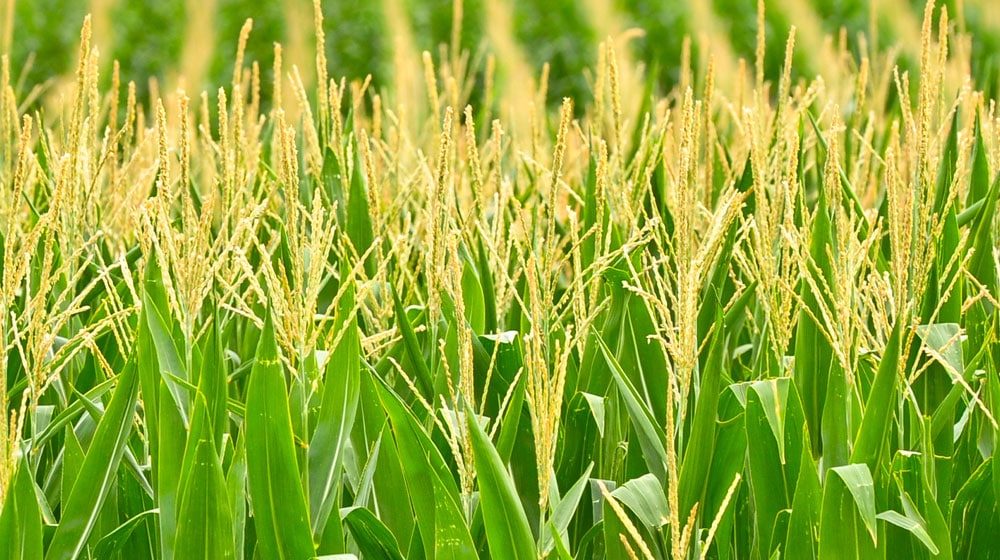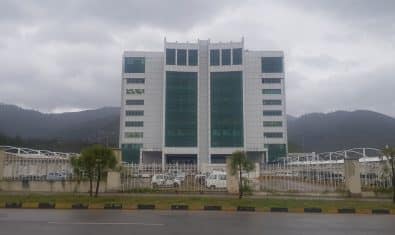Contrary to expectations of the local trading community, Maize prices in the domestic market have stayed down for a longer than expected period as farmers seek to cover their losses from adverse weather and increased input costs.
Maize prices have historically been close to Wheat prices, yet the crop is currently trading at around Rs. 2,100-2,250, less than half of Wheat’s average price of Rs. 4,600.
Multiple issues, including a market glut caused by surplus production, terrible weather, and miserly large exports, are the chief reasons for prices remaining low for so long.
On the other hand, US corn prices have fallen by as much as 17 percent during July and the trend has continued in August as well prospects of record-high global production which has also contributed towards bearish market sentiment in the local market.
“Maize prices could go up temporarily but continuous bad weather has so far prevented that from happening. Dealers have stored massive stocks of maize and don’t intend to lose money, so they have pressured the government for unshackling exports. Unfortunately, that hasn’t happened, yet,” commented a market consultant while talking to ProPakistani.
He revealed that as all commodities are smuggled to Afghanistan, Maize smuggling has kicked off as well, raising hopes in the community of a price uptick. The sentiment has not gone unnoticed in the poultry feed mill sector which has responded with a slight but insignificant price rise.
The months of August and September are important for domestic Maize as traders are trying their best to push the market which could help big names from exiting the market at some margin before the new Summer Maize crop enters the market in October.
It should be noted that Maize contributes 3.0 percent value added in agriculture and 0.7 percent to GDP. During 2022-23, maize crop was cultivated on 1.72 million hectares, showing an increase of 4.1 percent over last year’s cultivation of 1.653 million hectares. However, its production increased by 6.9 percent to 10.183 million tons from 9.525 million tons last year mainly fuelled by the increase in cultivation.






















